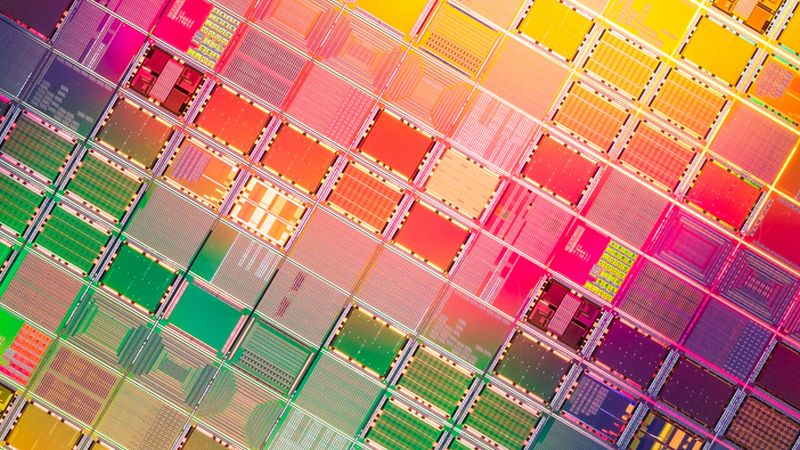US sanctions against Chinese industry, which can only intensify with Trump’s return to the White House, have forced local chip manufacturers to stock up on equipment. At the end of this year, they could spend a record $40 billion on related needs, but next year this amount will begin to decrease due to several factors.

Image source: GlobalFoundries
At least, such forecasts, with reference to SEMI representatives, are published by the Japanese resource Nikkei Asian Review. According to experts, next year demand for chip manufacturing equipment in China will drop to 2023 levels, by about 5 or 10%. Equipment has previously been purchased in large quantities, so Chinese manufacturers will focus on increasing the utilization rate of existing chip production lines in order to increase profits. It is expected that in subsequent years, the cost of purchasing equipment for the production of chips by Chinese manufacturers will also decrease, by an average of 4% per year in the interval from 2023 to 2027. True, this year the historical maximum of these costs will be reached.
Previously published ASML forecasts fully reflect these trends. While Chinese customers accounted for close to 50% of the lithography systems provider’s revenue in the second and third quarters, that should drop to a more typical 20% next year.
The nuances of the Chinese market will not be supported by trends in other regions, as SEMI experts expect. For example, in the Americas, the cost of purchasing equipment for producing chips in the period from 2024 to 2027 will grow annually by an average of 22%. In Europe and the Middle East, the figure will reach 19%, and in Japan – 18%. This will not prevent China from remaining the largest market for chip production equipment. Its capacity in the period from 2024 to 2027 is estimated at $144.4 billion. South Korea in this sense will be in second place with its $108 billion, followed by Taiwan ($103 billion), both Americas ($77.5 billion) and Japan ( $45.1 billion). China in 2023 covered only 23% of its chip needs from domestic production. In the future, this indicator is planned to be improved, and new equipment will be needed for this one way or another.